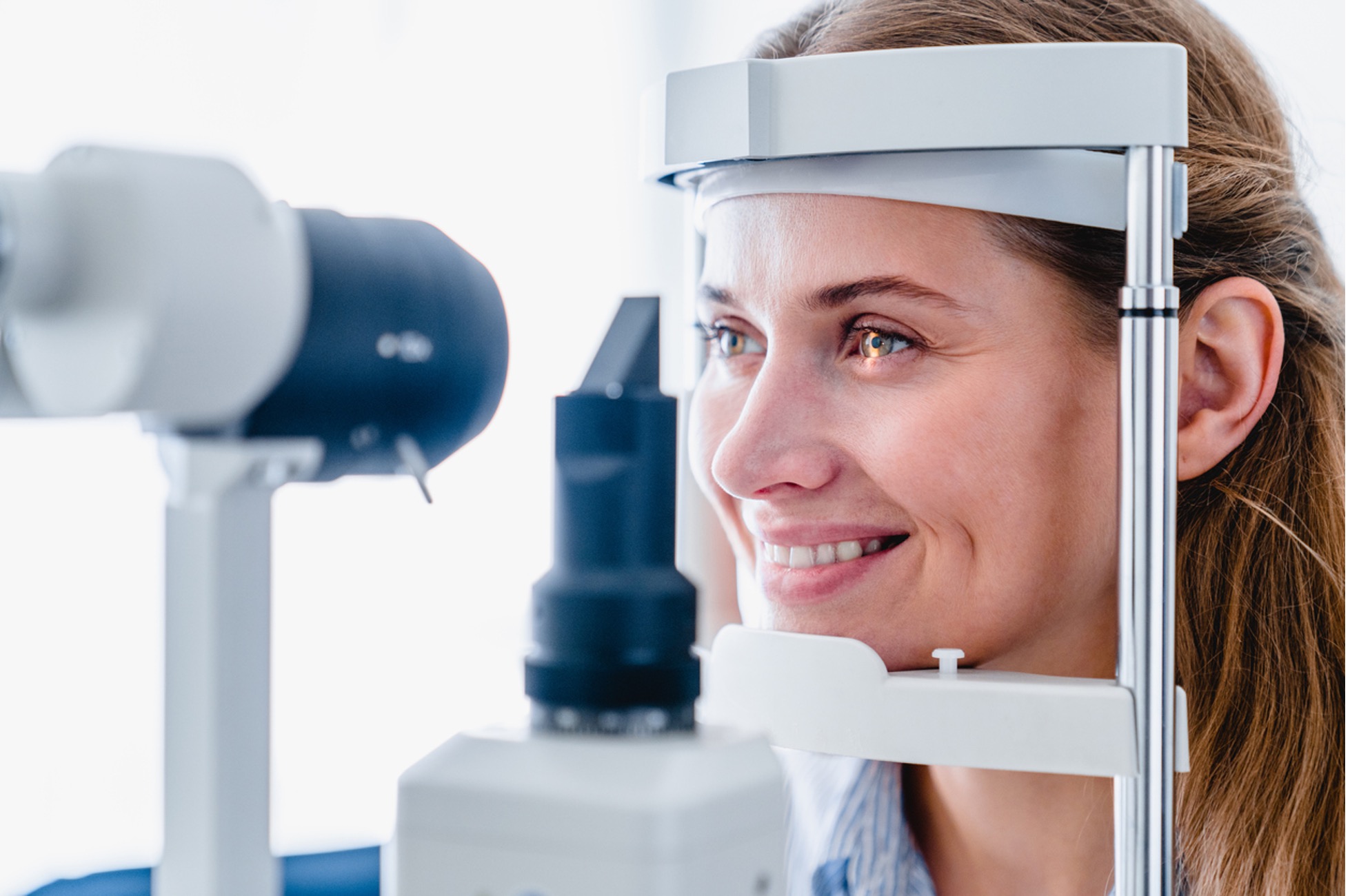Top-Rated Eyecare Near Me: Professional Vision Services Available
Top-Rated Eyecare Near Me: Professional Vision Services Available
Blog Article
The Function of Advanced Diagnostic Tools in Identifying Eye Disorders
In the realm of ophthalmology, the application of advanced diagnostic devices has actually revolutionized the early recognition and monitoring of various eye conditions. As the need for accurate and timely medical diagnoses proceeds to expand, the integration of advanced tools like optical coherence tomography and aesthetic area screening has ended up being crucial in the world of eye treatment.
Importance of Early Diagnosis
Very early diagnosis plays a crucial function in the effective monitoring and treatment of eye problems. By finding eye conditions at an early phase, medical care carriers can provide proper treatment strategies customized to the specific condition, ultimately leading to much better results for individuals.

Technology for Detecting Glaucoma
Advanced diagnostic technologies play an essential role in the early discovery and surveillance of glaucoma, a leading reason of irreparable loss of sight worldwide. One more advanced tool is aesthetic area screening, which maps the sensitivity of a client's visual area, assisting to find any type of areas of vision loss characteristic of glaucoma. These advanced analysis devices allow ophthalmologists to detect glaucoma in its very early stages, allowing for prompt treatment and much better management of the disease to protect against vision loss.
Duty of Optical Coherence Tomography

OCT's capability to evaluate retinal nerve fiber layer thickness enables for exact and unbiased measurements, aiding this in the early discovery of glaucoma also before visual area issues come to be apparent. In general, OCT plays a critical role in enhancing the diagnostic precision and management of glaucoma, inevitably adding to better outcomes for individuals at danger of vision loss.
Enhancing Medical Diagnosis With Visual Field Testing
A vital part in comprehensive sensory examinations, aesthetic area screening plays a crucial role in enhancing the analysis procedure for numerous eye problems. By assessing the full degree of a client's visual field, this test offers important info regarding the functional integrity of the entire aesthetic path, from the retina to the aesthetic cortex.
Visual field testing is particularly valuable in the medical diagnosis and monitoring of problems such as glaucoma, optic nerve disorders, and numerous neurological conditions that can influence vision. Via quantitative measurements of peripheral and main vision, medical professionals can find refined modifications that may indicate the visibility or see this development of these conditions, even before noticeable signs and symptoms take place.
Moreover, visual field screening permits the monitoring of therapy effectiveness, assisting ophthalmologists customize restorative interventions to individual people. eyecare near me. By tracking modifications in visual area performance in time, doctor can make enlightened choices regarding adjusting drugs, suggesting medical treatments, or executing various other suitable measures to maintain or improve a person's visual feature
Handling Macular Deterioration

Conclusion
In final thought, advanced analysis devices play an important role in recognizing eye conditions early on. Technologies such as Optical Coherence Tomography and aesthetic field screening have actually significantly improved the precision and efficiency of detecting problems like glaucoma and macular degeneration.
Report this page